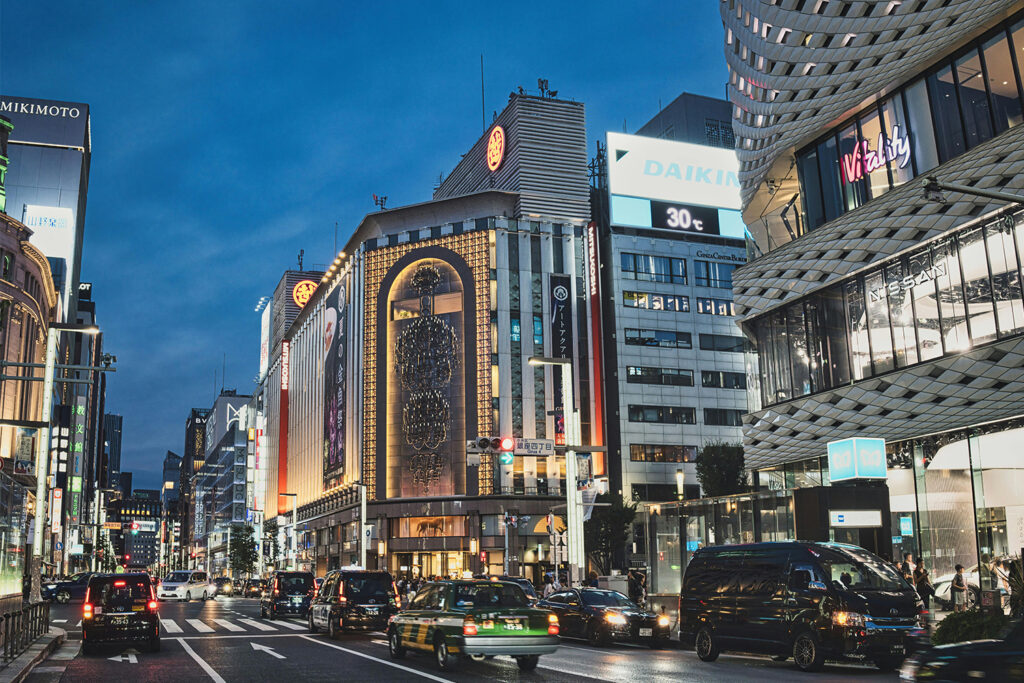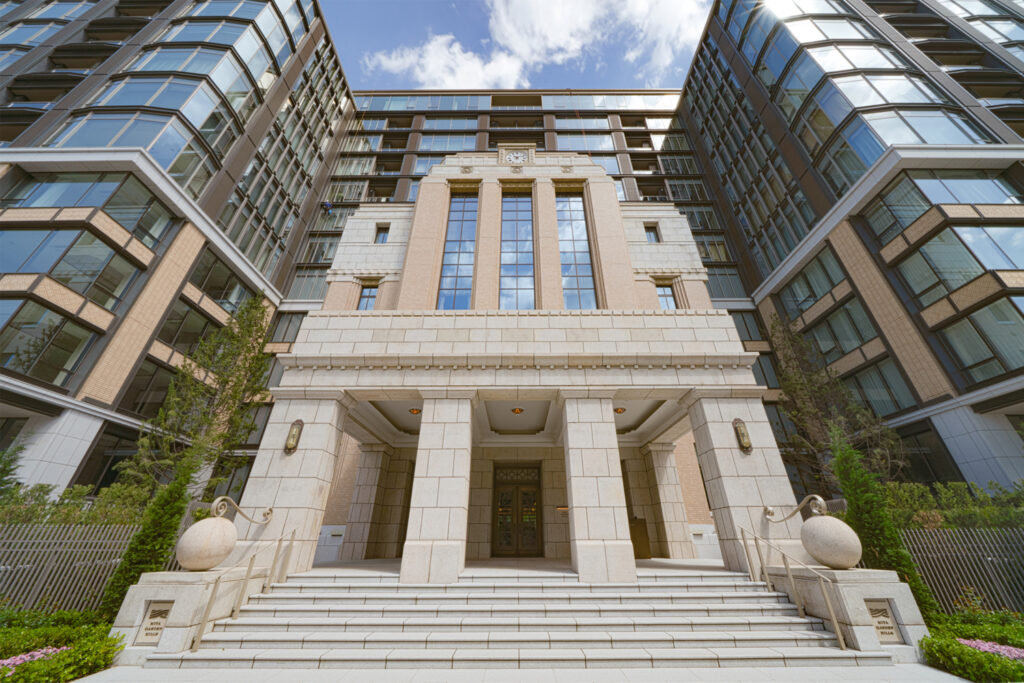
Credit: The Nihon Keizai Shinbun
Liquidity always translates to higher prices
Japan is coming out of the stone ages and into the modern world in terms of real estate. Last year we saw an end of an era – the Heisei period which spanned between 1989 and 2019. The new Reiwa period began in 2019, and we are starting to see cities, buildings, and homes being created that are taking into account sustainability and international standards.
In particular, the Tokyo real estate market has improved significantly and matured over the past 3 decades of the Heisei period. Of course, there is plenty of room to improve but here is why I’m excited about the upcoming Reiwa period.
- The market has stabilised thanks to J-REITs
- More mid- to long-term investments
- Globalisation of the market
To provide context, please let me explain the growth of real estate during the Heisei period.

Credit: Nikkei Asian Review
1989–1999: No foundation for logical investments
The start of the Heisei in 1989 was the very early stages of the Japanese real estate investment market. A dearth of information on Japanese real estate during this time meant that it was difficult to invest in assets either logically or wisely.
The real estate bubble in the late ’80s saw the same sharp rise in prices as Bitcoin has recently. The primary buying motive was to cash in quick with hopes of capital gain.
US funds started to enter the Japanese market from the mid-’90s. With this, western-style real estate valuation methods such as Discounted Cash Flow (DCF), a valuation method used to estimate the value of an investment based on its future cash flows, were introduced to the Japanese market.
The following decade started to see a more liquid and mature market.

Credit: Pinterest
2000–2009: J-REITs provide liquidity and stability
Real Estate Investment Trusts (REITs) went public for the first time in September 2001 and have since expanded the scope of real estate investment – delivering a more diverse investor profile, an increase of specialized investment companies, and real estate securitization companies.
The securitization of real estate made a huge impact on maturing the Japanese real estate market.
With improved liquidity and stability, global investors begin to ramp up investment in the country.

Credit: Hatobus
2010–2019: Japan opens the door to the world
After the global financial crisis, international financial regulations and market participants’ increased awareness of risks led to further risk control measures. Additionally, investors’ appetite for stable returns lead to higher demand for medium- to long-term real estate investments. Since 2013, the yen’s depreciation, as well as other monetary easing measures, resulted in an appreciation in Japanese real estate prices. Recently, both domestic and foreign government funds have announced they will increase in investment in Japanese real estate thanks to an increasingly mature, stable, and transparent market. Regional areas have also benefited – for example we are seeing rapid developments in Niseko by international developers, turning the winter wonderland into a prime location for people all around the world.
What’s next for Tokyo?
I see two trends that will have a significant impact on the real estate market.
Technology: In the same way that securitization of real estate helped increase liquidity in the market, technology will be the next driver of change in how we purchase capital-intensive products such as homes.
Redevelopment: Much of the existing building stock developed during the rapid economic expansion in the latter half of the 20th century requires redevelopment. Japan needs to study how to create sustainable developments in both the commercial and residential sectors and ensure a positive legacy from the Reiwa period.

Credit: Bloomberg











